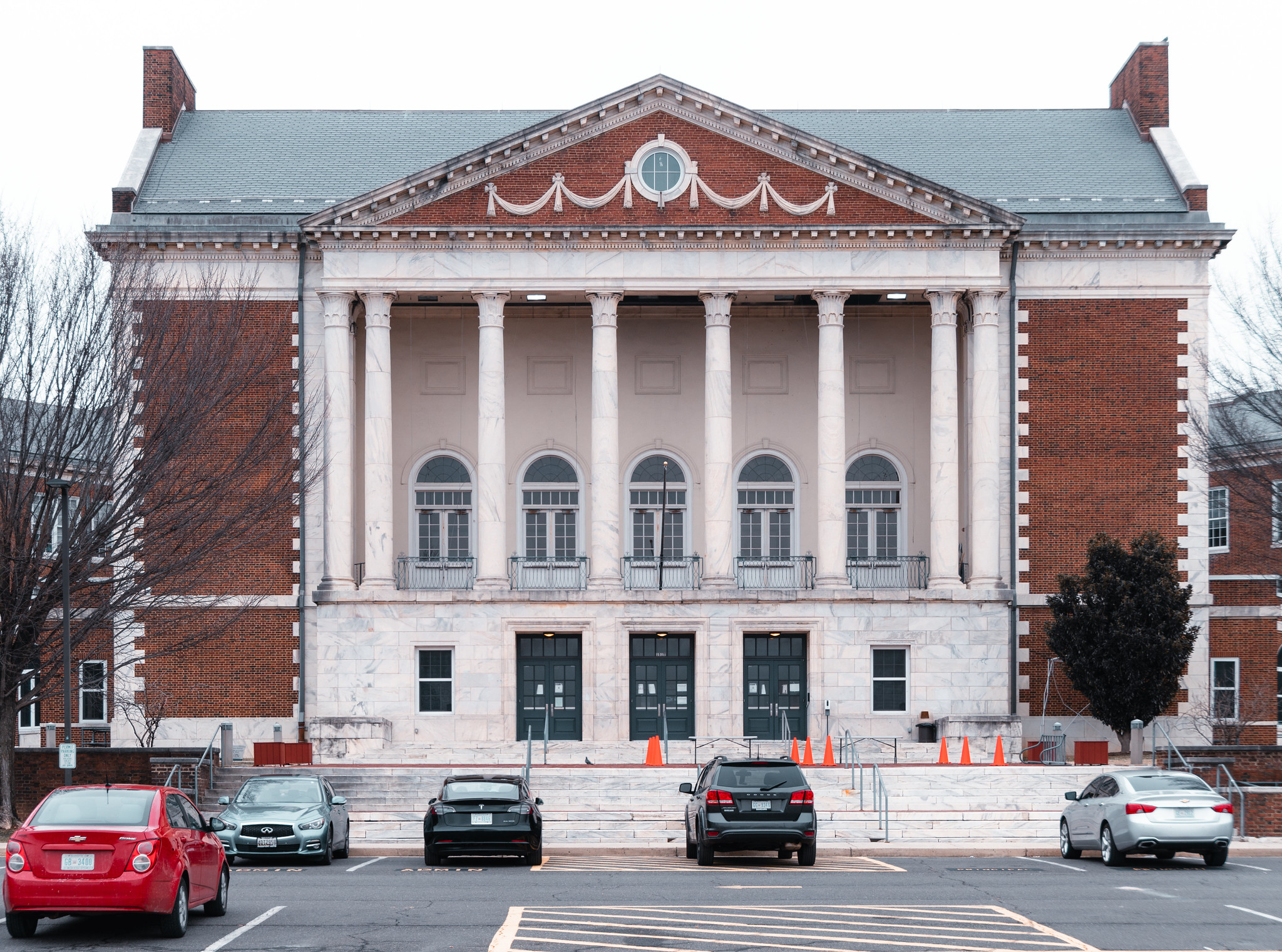

On March 9, 2021, Chelsea Coffin, Director of the Education Policy Initiative, testified before the D.C. Council Committee of the Whole at the performance oversight hearing for DCPS, OSSE, DME, DC PCSB, SBOE, OSA, and the Ombudsman for Education. You can read her testimony below, and download it as a PDF.
Good morning, Chairperson Mendelson and members of the Committee of the Whole. My name is Chelsea Coffin and I am the Director of the Education Policy Initiative at the D.C. Policy Center, where our education research focuses on how schools connect to broader dynamics in the District of Columbia.
The pandemic put the District’s public schools through an unprecedented stress test and imposed rapid changes on how students learn in public schools. For our State of D.C. Schools report to be released next week, we took stock of others’ surveys, reports, and meetings as well as conducted focus groups to identify common experiences of students, parents, teachers, and adult learners. Four key challenges emerged, especially in the spring of 2020:
- The first key challenge was mental health. The social isolation, stress, and economic hardship[1] brought on by the pandemic also likely increases the chances of anxiety and depression among D.C.’s children and youth.[2] Even before the pandemic, 44 percent of the District’s children and youth under 17 had been exposed to at least one adverse childhood experience (ACE).[3]
- The second key challenge was the digital divide. Before the pandemic, approximately 13 percent of D.C. residents did not have access to a computer or tablet in their household, and 24 percent of children in D.C. lacked access to broadband internet.[4] Access has improved, but a September 2020 PAVE family survey found that 9 percent of respondents still lacked a device and 6 percent lacked internet – and that basic internet packages were not always adequate for video streaming.[5]
- The third key challenge was providing services to the 16 percent of students with disabilities and the 13 percent of students who are English learners.[6] Many services that students with disabilities require are difficult to deliver virtually. For some English learners, navigating learning platforms and school communications about resources in English (for students or parents learning the language) could be a challenge.
- The fourth key challenge was communication. Some schools were proactive and clear with communication, while others reportedly sent conflicting messages or changed course too frequently. This was especially confusing for parents of multiple children attending different schools.
In addition to overall wellbeing, these challenges have had implications for learning. Interrupting years of improvement in learning outcomes,[7] the pandemic has meant less class time in D.C. over the past two school years. In addition to most students learning virtually, the 2019-20 school year ended three weeks early, and there is limited instruction on Wednesdays at most schools. Early data from EmpowerK12 show that D.C. students have likely learned less than they would have in a normal school year – and that at-risk students have likely had a greater disruption to learning than other students.
From our engagement for State of D.C. Schools, three questions emerge as key to ask of public schools in D.C. with an eye toward recovery. These are questions around trust, adaptability, and a holistic approach.
- First, how we rebuilding trust? Communication was challenging for some this past year at a time when parents were asked to do more than ever, and in some cases trust levels are very low — many are questioning whether to return to in-person learning next year. Recovering will mean even more family engagement to build community where it has been lost.
- Second, how are we adapting approaches to different needs? We know this year was harder for some students than others. Data and community feedback indicate that students designated at-risk, English learners, and students with disabilities will likely have greater academic needs than a regular school year, but each experience has been unique and will need a customized approach to get back on track – including providing options (in-person and virtual) that work for students and their families.
- Third, how are we addressing holistic needs? Students are going to need more mental health supports than before when they return to school. Even early on in April of 2020, 54 percent of parents who responded to a survey conducted by ConnectED thought their children were somewhat or very anxious.[8]
Over the past year, home and learning has been more intertwined than ever for D.C.’s public school students, leaving some with greater access to learning opportunities. We need to reflect on this year, and enable all students, all schools, and all teachers to emerge from this crisis stronger than they were before.
